How To Pick The Right-sized Rental Unit For Renting Out

Get The Property Insights Serious Buyers Read First: Join 50,000+ readers who rely on our weekly breakdowns of Singapore’s property market.
A seasoned content strategist with over 17 years in the real estate and financial journalism sectors, Ryan has built a reputation for transforming complex industry jargon into accessible knowledge. With a track record of writing and editing for leading financial platforms and publications, Ryan's expertise has been recognised across various media outlets. His role as a former content editor for 99.co and a co-host for CNA 938's Open House programme underscores his commitment to providing valuable insights into the property market.
When you first bought your rental unit, it was all so simple: it’s a few hundred metres from the MRT, in a central location, and working expatriates would be lining up to rent. But then reality sinks in:
You’re losing money even when there’s no vacancies. Or you’re fetching far less, after costs, than a unit 200 square feet bigger than yours. Or maybe you thought you’d get working expatriates, but all of them complain it’s cramped, and all you’re getting are transient student tenants.
Why?
Well barring other fundamentals like location and amenities, it comes down to size; a much-overlooked factor among newer landlords. In this article, Stacked gives you a more in-depth consideration of unit size when renting out:
Key considerations in picking the right size rental unit:
- Look at the lay-out, not just the square footage
- Know your tenant demographic
- Bear in mind the overall cost to the tenant
- Rental yield doesn’t mean rentability
1. Look at the lay-out, not just the square footage
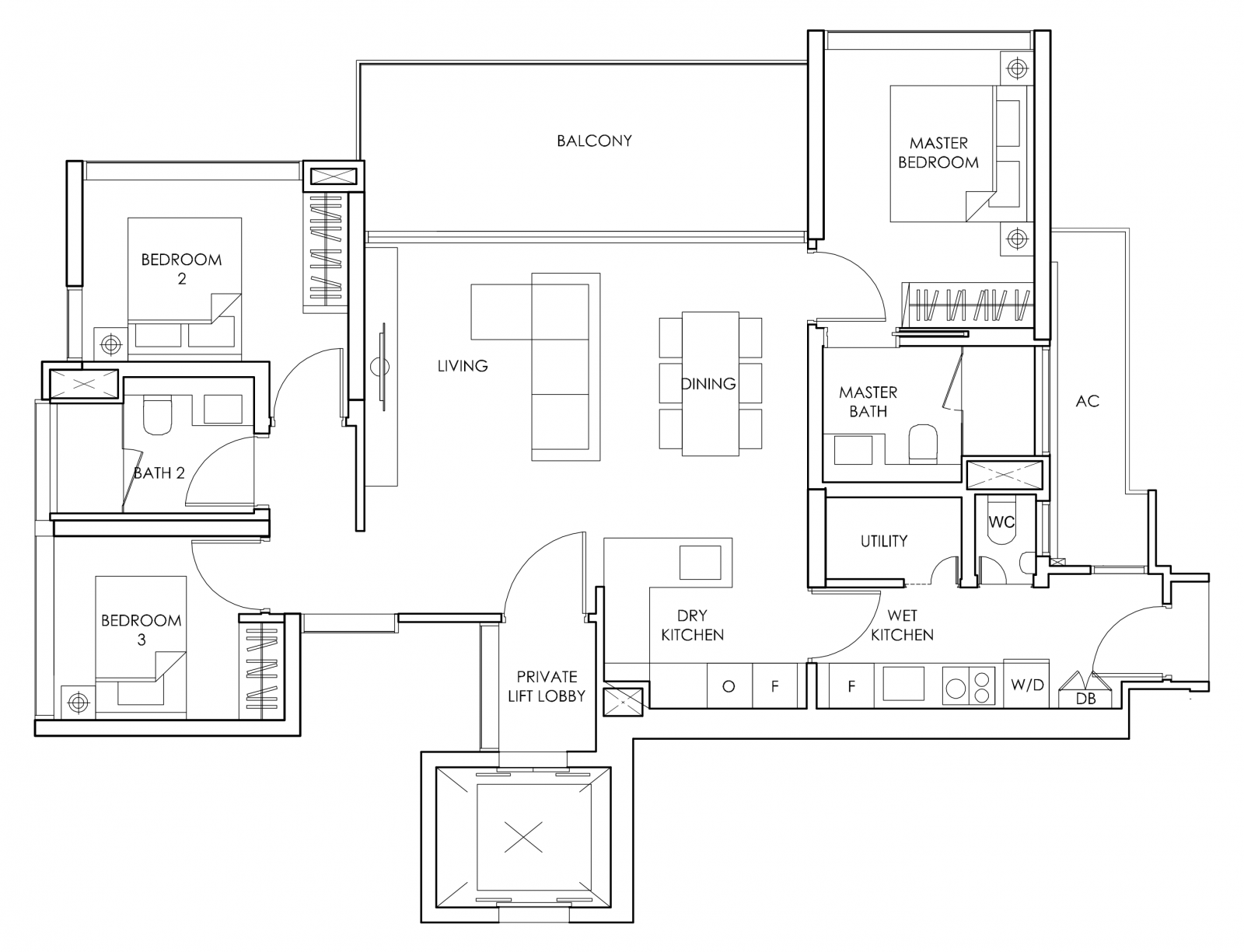
Recently, we did an in-depth review of Sloane Residences, which is a very small, boutique development in Balmoral. We mentioned that on paper, 1,249 sqft is kind of small for what’s meant to be a luxury, three-bedroom apartment.
However, it still manages to feel spacious because of a dumbbell layout; that is, the bedrooms are on two separate sides of the unit, with the living room connecting them. This is more space efficient than older designs, as it eliminates the need for long corridors (corridor space is wasted space, as it could be given to a functional room).
The same goes for Meyer Mansion; some of its three-bedroom units are just 1,109 sq.ft., but the dumbbell layout makes it feel more open, and creates more functional space.
Other aspects to watch for are good squarish shapes (odd shaped corners tend to be inefficient), and the availability of vertical space.
For example, consider Parkwood Residences (one of the smallest developments to date with only 18 units by the way). The units are designed with exceptional high floor-to-ceiling spans, which allows for modifications like a sub-level for storage. These units can be more spacious than the square footage indicates, as tenants can stash their belongings “up top”.
So when picking a unit, don’t just look at the number of square feet. It’s possible that a smaller unit, through efficient use of space, can still be a better buy than a larger, poorly laid-out unit.
With resale properties you can easily check for these qualities. With new units however, you’ll need to know a bit about reading the floor plan, and how to evaluate the space based on the show flat. We’ve covered that in this earlier article.
2. Know your tenant demographic
Different tenants have different spatial needs.
For example, student tenants tend to be harder to “upsell” when it comes to space. Between a 500 sq.ft. one-bedder, and a 550 sq.ft. counterpart, students may not be interested in paying significantly more for that extra 50 sq.ft. of space. This leads some student landlords to opt for the smallest unit, if they’re going to buy a one-bedder.
But your main demographic is families, a minimum size is needed to attract them (often something in the 1,400+ sq.ft. range). Unlike students, you’ll often find that families can be persuaded to pay more for a larger unit than they initially wanted.
More from Stacked
Do High-Floor HDB Flats Appreciate More In Value? The Data May Surprise You
One common perception about HDB flats is that higher floors command a premium - often due to the view or…
Conversely, it’s much harder to persuade families to take a unit they think is too small, even if it’s much cheaper.
So the better you understand your tenant demographic, the more accurately you can put a value on unit size. If you’re a new investor, do have a conversation with your renting agent before you buy. You can also reach out to us on Facebook if you have any questions.
3. Bear in mind the overall cost to the tenant
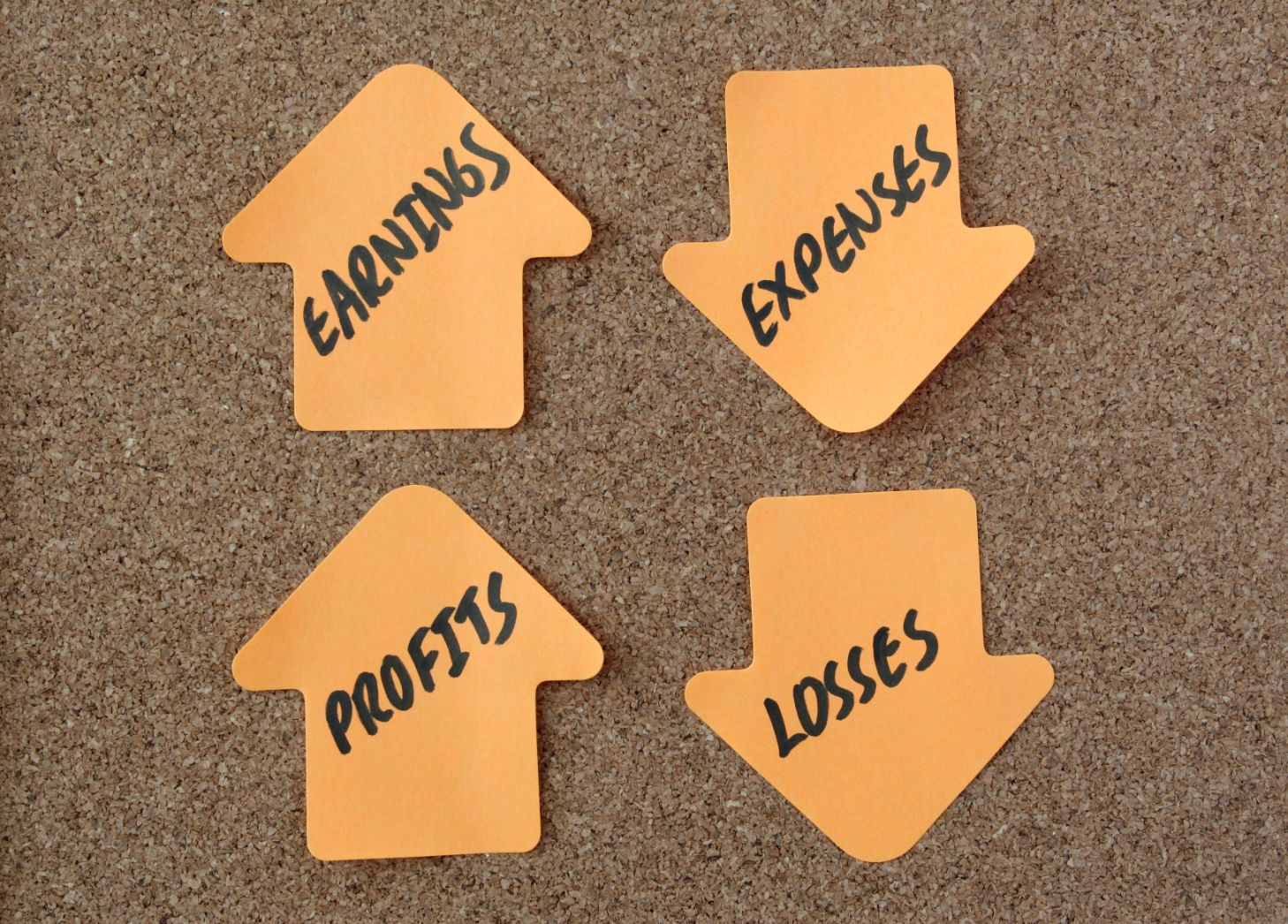
New landlords tend to obsess over the price per square foot when renting. In this process, they often forget that many tenants consider it less important than the overall cost.
You should also consider the advantages of a unit large enough for at least one roommate. Let’s go back again to the previous example: $3,000 for the 1,200 sq.ft. unit may be too much for one tenant; but if they rent with a roommate and split it between them, that’s $1,500 each.
That may be an even better option than renting the one-bedder for $1,750.
All of this relates to our previous point: know your tenant demographic. If you understand their budget, you can better pick a unit size that will accommodate them. How much you can charge per square foot is a follow-up concern.

Rental MarketRental Yield Singapore: Top 10 condos with the highest rental yield
by Stanley Goh4. Rental yield doesn’t mean rentability
Rentability refers to how easily you can attract a tenant, while rental yield is the ratio of your rental income to the overall cost of the property.
There can actually be an inverse relation between the two, such as for some large luxury properties. There may be sky high demand to rent your unit at Marina One Residences – but if your unit costs over $2.5 million (typical for a two-bedder here), then even a rental income of $4,500 a month will give you a yield that’s barely two per cent.
All of this impacts the unit size you should choose, as the larger the unit, the higher the cost (and the lower your yields). Conversely, choosing a unit that’s too small – although it might give you higher yields – might affect rentability.
For example, choosing a 500 sq.ft. one-bedder means you’ve ruled out the possibility of families as tenants; and you may also be losing a large number of long-term stayers (size is more of an issue for tenants who are looking at longer stays, such as five years).
So aim for a good rental yield, but avoid buying a unit so tiny that you end up unable to rent it easily (no tenant = no rental yield either). Again, it helps to know your tenant demographic.
Most landlords, if unable to make a decision, will fall back on the two-bedder
This is because most property agents recommend two-bedders as a rental unit; it’s generic advice. These units tend to be on the lower end in terms of quantum (overall cost); but big enough to cater to the widest range of tenants: everything from young couples awaiting their condo / HDB completion, to students who can split costs with a roommate.
Beyond size, it’s a matter of location and amenities. For those other vital details, you can find the most in-depth reviews of different condos at Stacked.
If you’d like to get in touch for a more in-depth consultation, you can do so here.
Ryan J. Ong
A seasoned content strategist with over 17 years in the real estate and financial journalism sectors, Ryan has built a reputation for transforming complex industry jargon into accessible knowledge. With a track record of writing and editing for leading financial platforms and publications, Ryan's expertise has been recognised across various media outlets. His role as a former content editor for 99.co and a co-host for CNA 938's Open House programme underscores his commitment to providing valuable insights into the property market.Read next from Rental Market
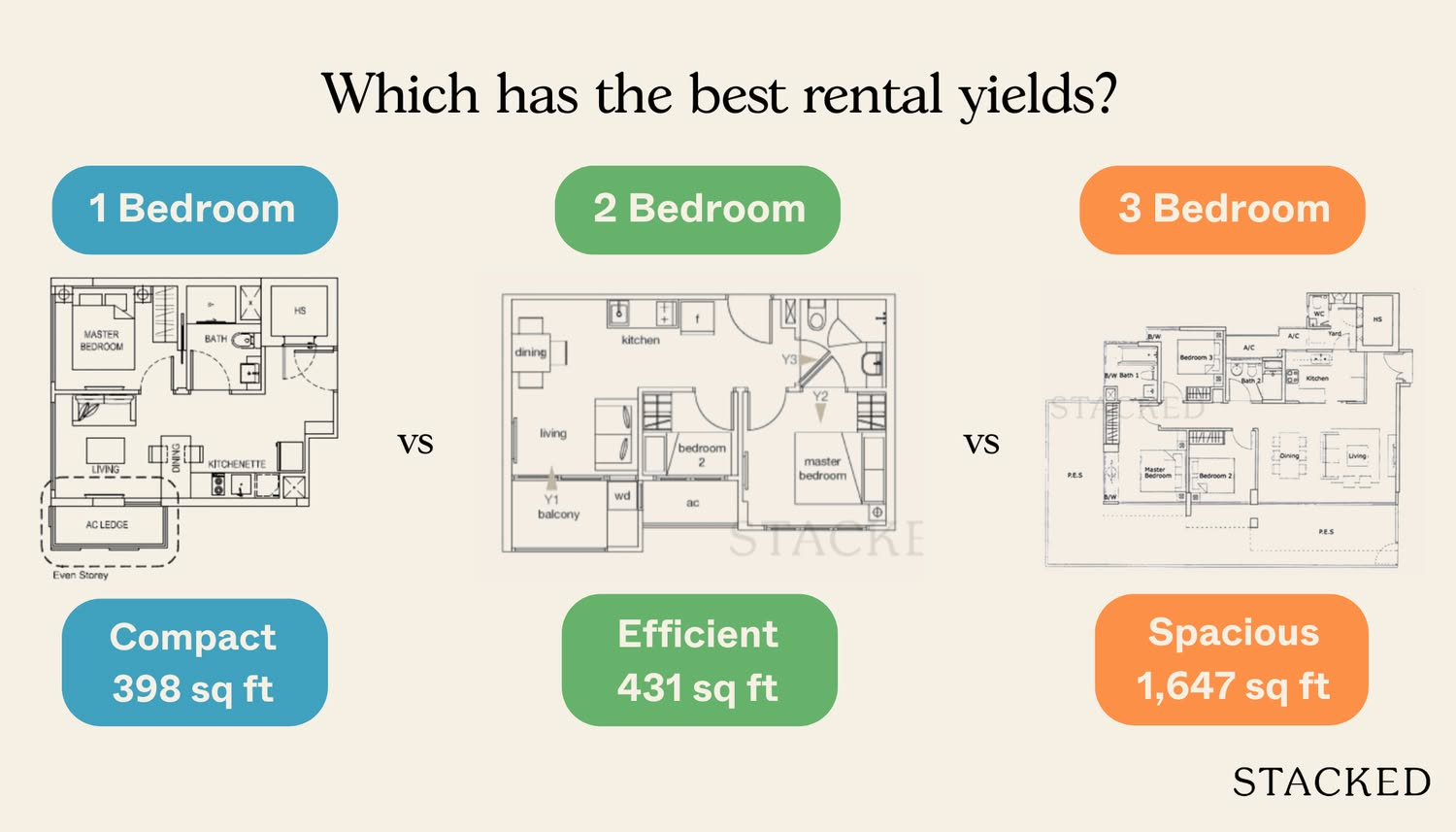
Rental Market Is Singapore’s Rental Market Really Softening? We Break Down The 2024 Numbers By Unit Size
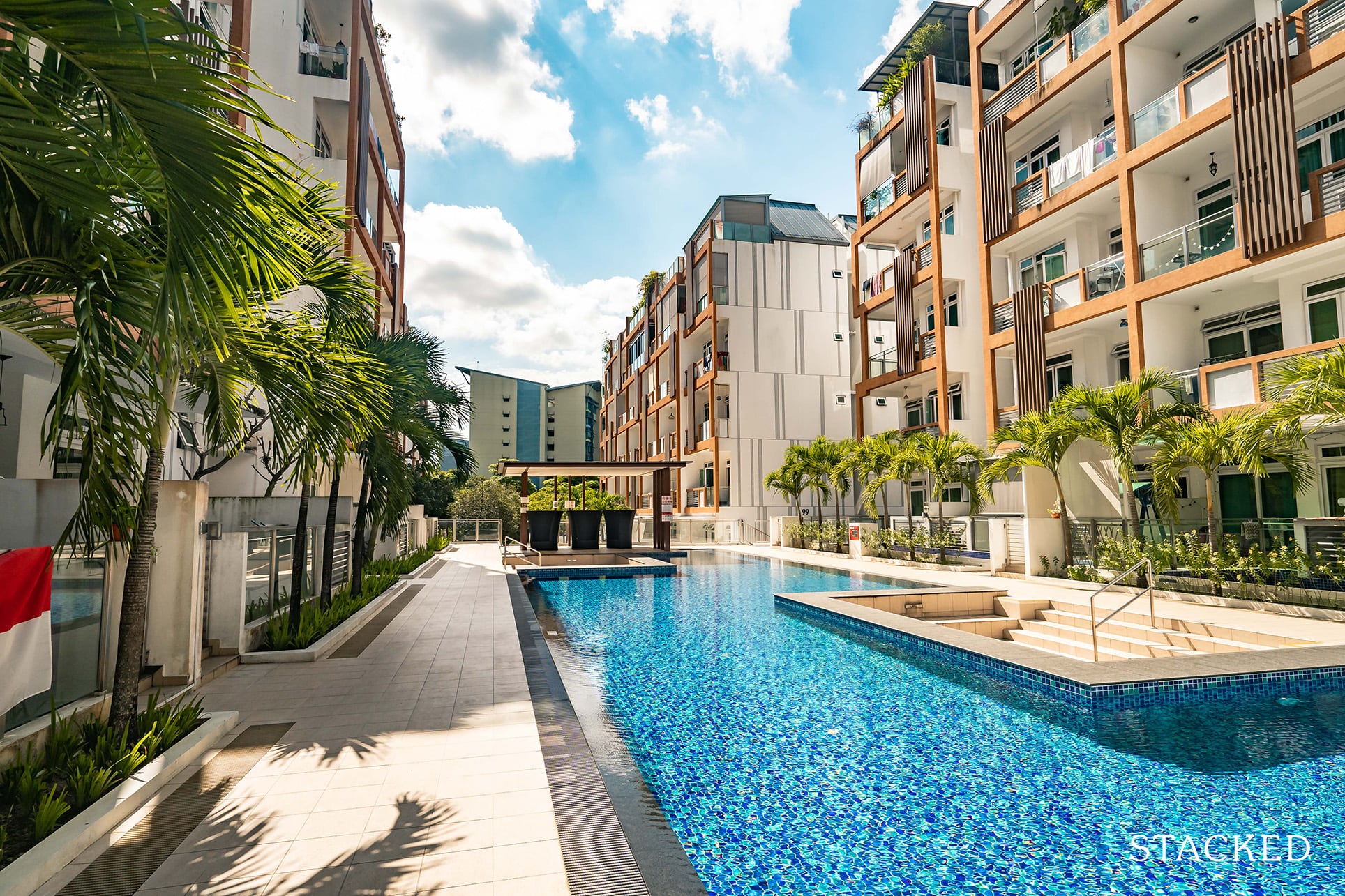
Editor's Pick The Cheapest Condos For Rent In 2024: Where To Find 1/2 Bedders For Rent From $1,700 Per Month
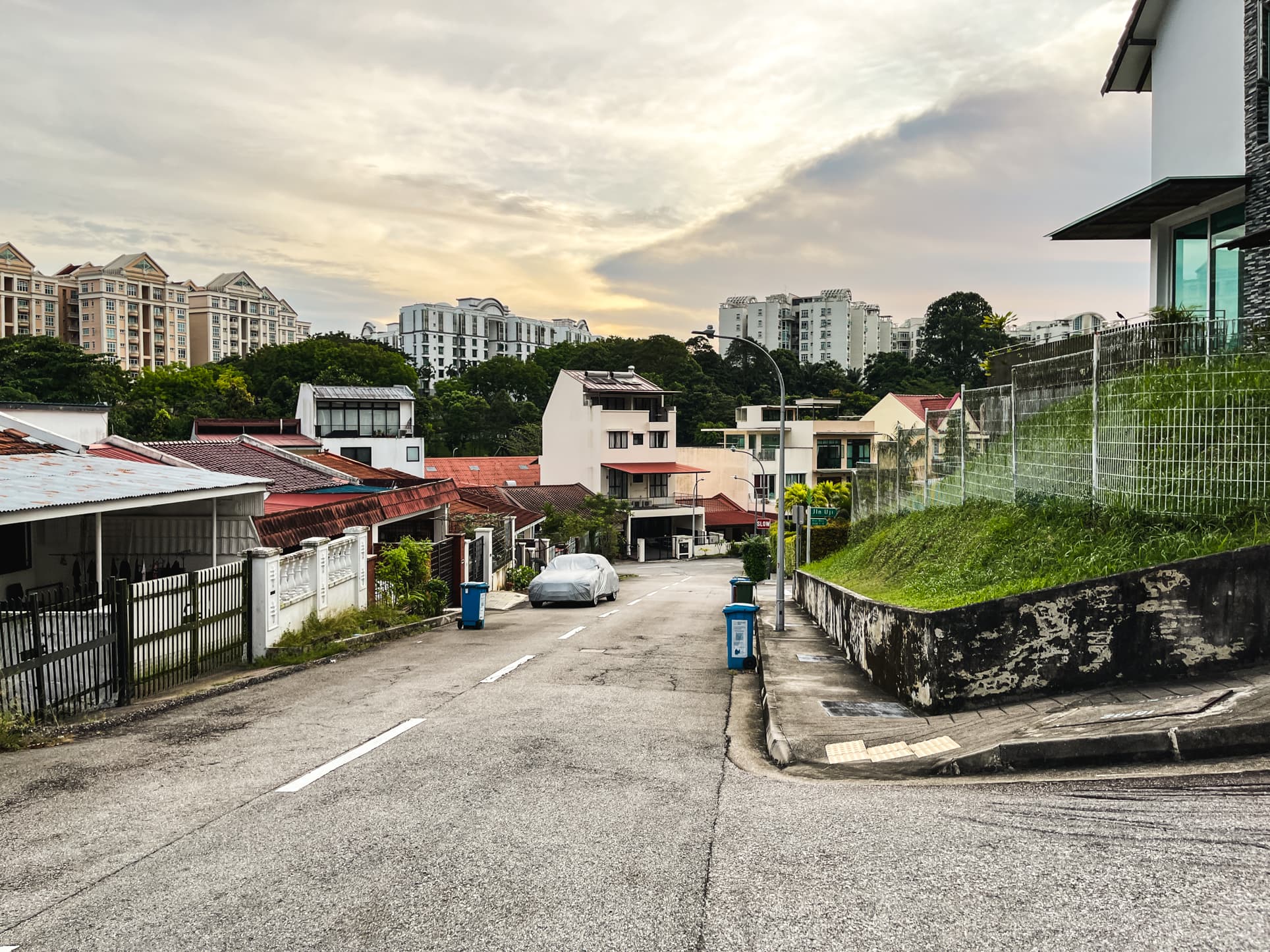
Rental Market Where To Find The Cheapest Landed Homes To Rent In 2024 (From $3,000 Per Month)
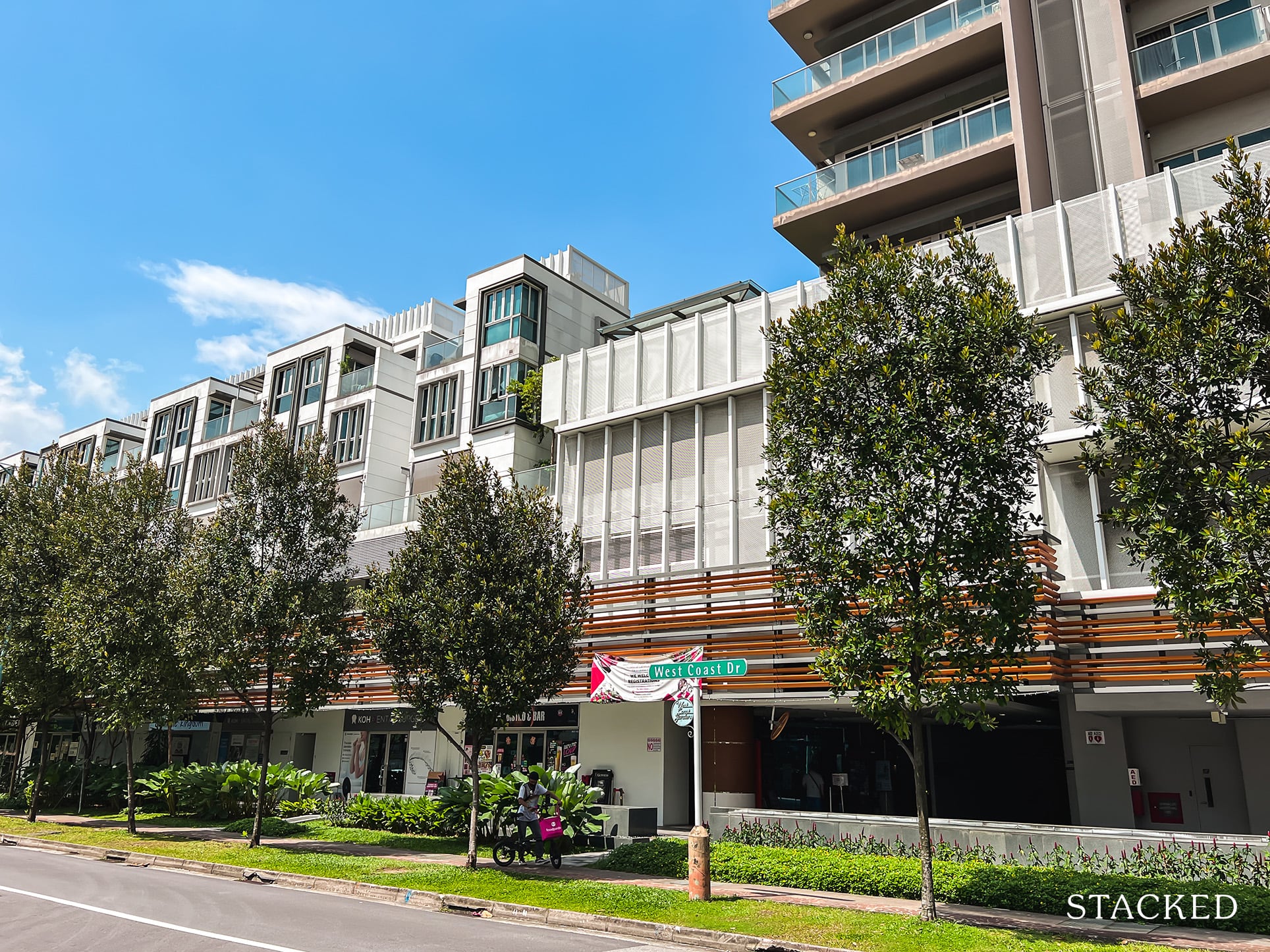
Rental Market Where To Find High Rental Yield Condos From 5.3% (In Actual Condos And Not Apartments)
Latest Posts

On The Market Here Are The Cheapest 4-Room HDB Flats in Central Singapore You Can Still Buy From $490K

Editor's Pick Should We Buy An Old 99-Year Leasehold Condo To Live In: Will It’s Value Fall When The Lease Runs Out?

Pro How A Once “Ulu” Condo Launched In 1997 Became A Top Performer

Editor's Pick I Reviewed A New Launch 4-Bedroom Penthouse At Beauty World

Property Market Commentary When Renting In Singapore Is The Smarter Move — And Buying Can Wait

Editor's Pick Why Singaporean Families Are Looking At This Landed Enclave From Around $4M

Singapore Property News Lentor’s First Condo Is Complete — The Early Profits May Surprise You

Editor's Pick A Wave Of New HDB Resale Supply Is Coming In 2026: Here’s Where To Find Them

Property Advice We Own A $800K 1-Bedder And A $1.1M 3-Bedder: Is It Possible To Upgrade To A 4-Bedder Condo?

On The Market These Are Some Of The Cheapest 5-Room HDB Flats Left In Central Singapore

Pro This 698-Unit Ang Mo Kio Condo Launched At The Wrong Time — And Still Outperformed Peers
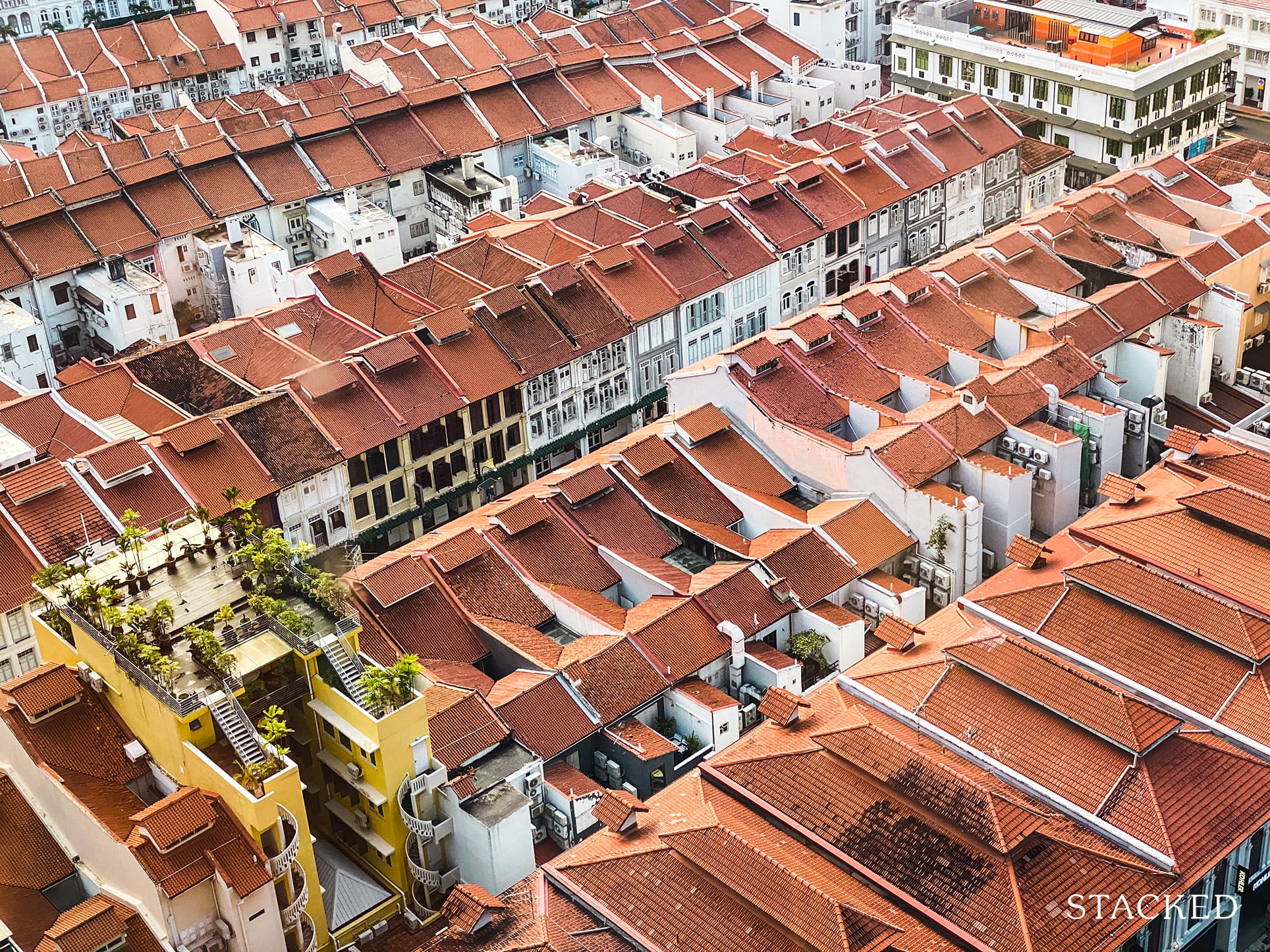
Singapore Property News $281.2M in Singapore Shophouse Deals in 2H2025 — But That Number Doesn’t Tell the Full Story
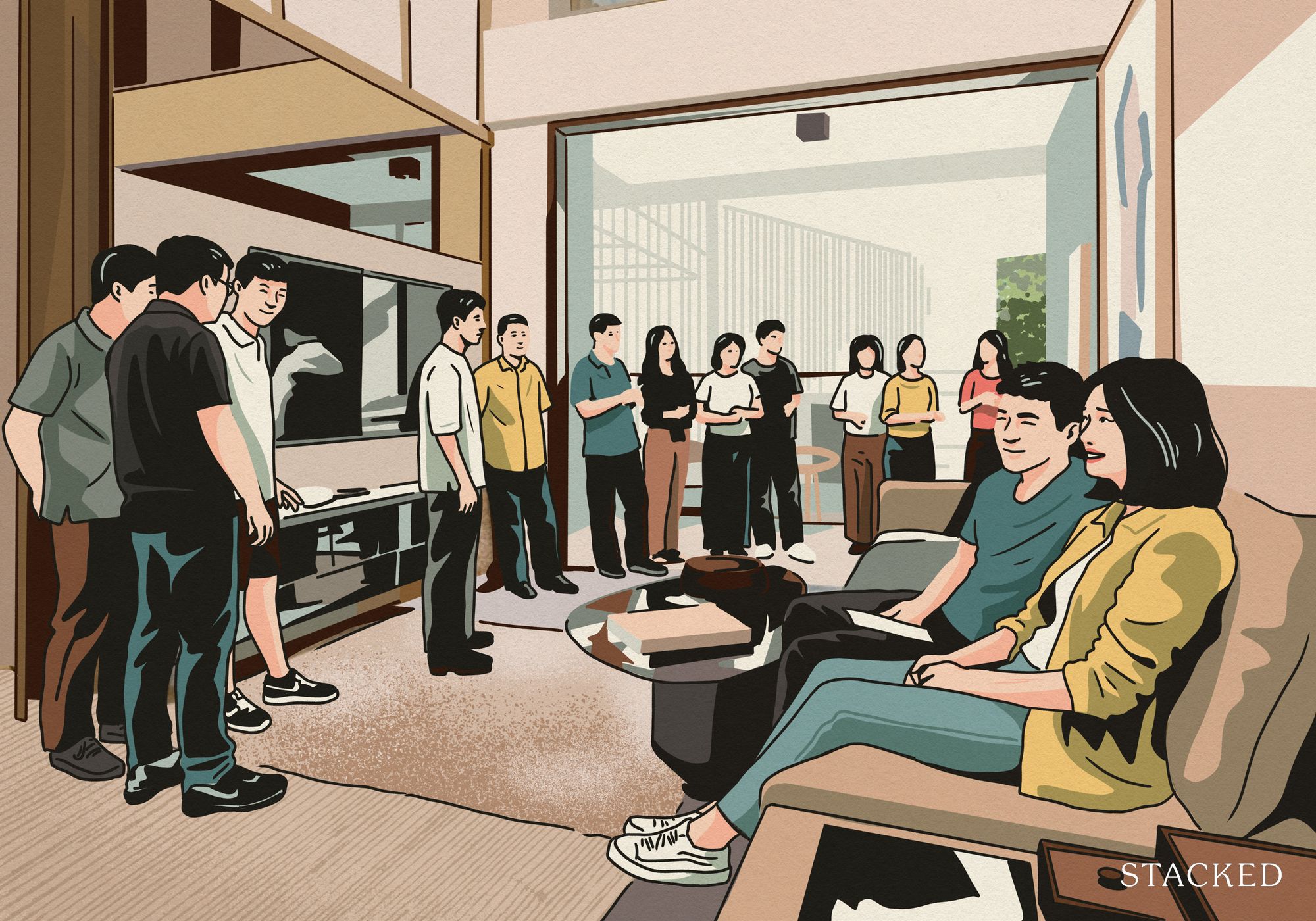
Property Market Commentary 5 Key Features Buyers Should Expect in 2026 New Launch Condos
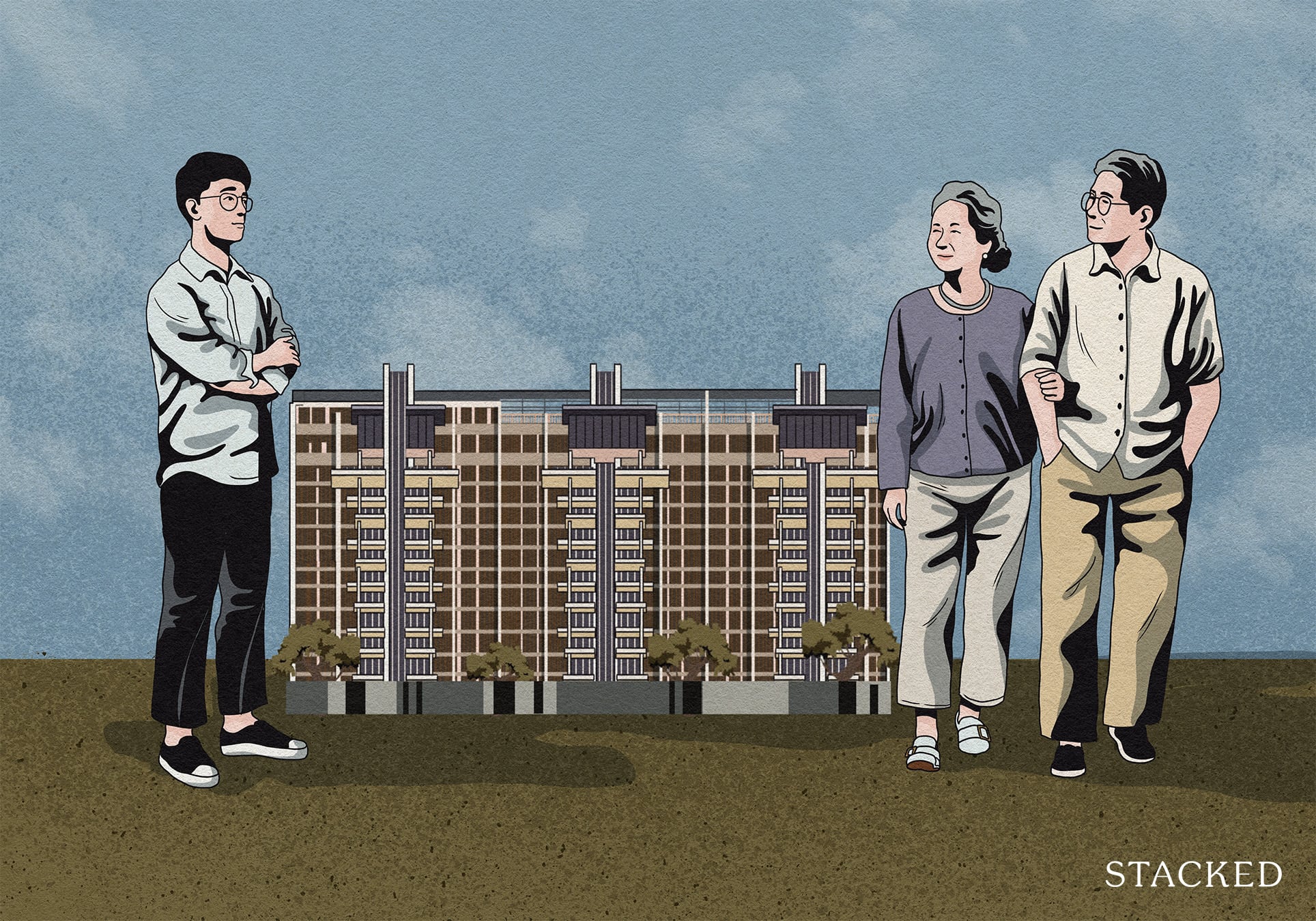
Editor's Pick What “Lucky” Singaporean Homebuyers Used To Get Away With — That You Can’t Today

Property Investment Insights These Resale Condos In Singapore Were The Top Performers In 2025 — And Not All Were Obvious Winners


